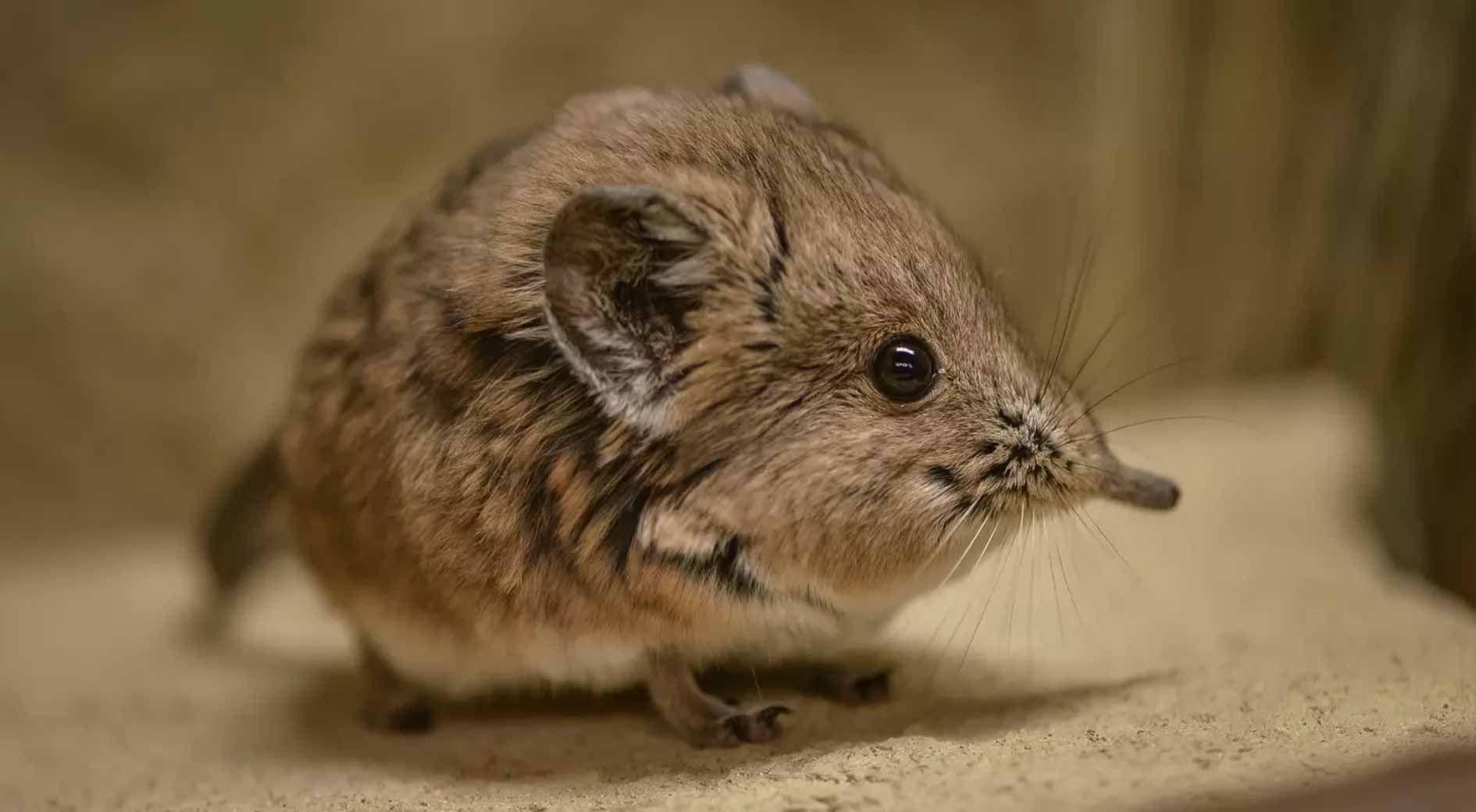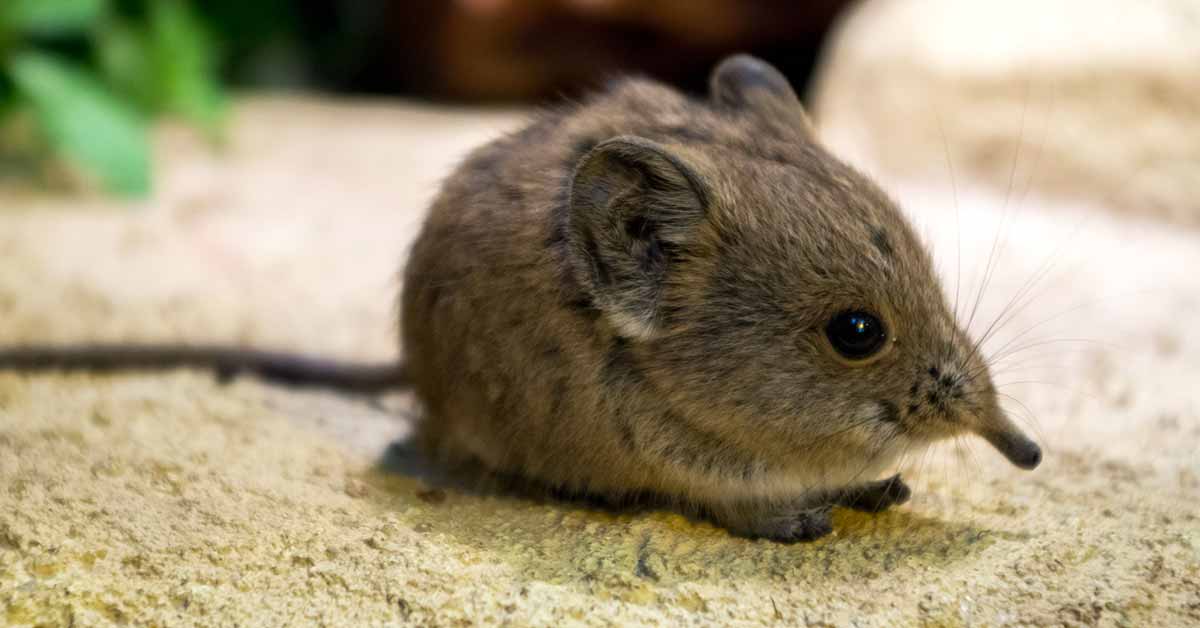After being a “lost species” for around 50 years, elephant shrews have been found in Djibouti, Africa.
Elephant shrews are as tiny as mice but related to elephants, aardvarks and manatees. Their species is known as sengi and their nickname comes from their trunk-like noses which they use to find their prey – insects. BBC explained that “The Somali sengi is one of the 25 “most wanted lost species” of the charity, Global Wildlife Conservation”.

Researchers spotted this species in Djibouti, a country on the Horn of Africa.
The researchers had reportedly set up over 1,000 traps in 12 different locations in order to lure the elephant shrews in; that is, they had placed a mixture of peanut butter, oatmeal and yeast in the traps. Luckily, they succeeded in luring the creatures in as in the first trap set up in Djibouti, they spotted one of the tiny animals. Moreover, they managed to see 12 sengis throughout their research and have taken the first ever elephant shrew pictures and videos for scientific documentation.

Thankfully, the habitat of the elephant shrews is not under threat.
The creatures’ habitat is far from farming and human developments. This means that it is currently under no immediate threat. Research scientist at the Duke University Lemur Center in Durham, US and member of the expedition to the Horn Africa, Steven Heritage, told the BBC that he was elated to be able to put sengis “back on the radar”:
We were really excited and elated when we opened the first trap that had an elephant shrew in it, a Somali sengi. We did not know which species occurred in Djibouti and when we saw the diagnostic feature of a little tufted tail, we looked at each other and we knew that it was something special.
Steven Heritage




